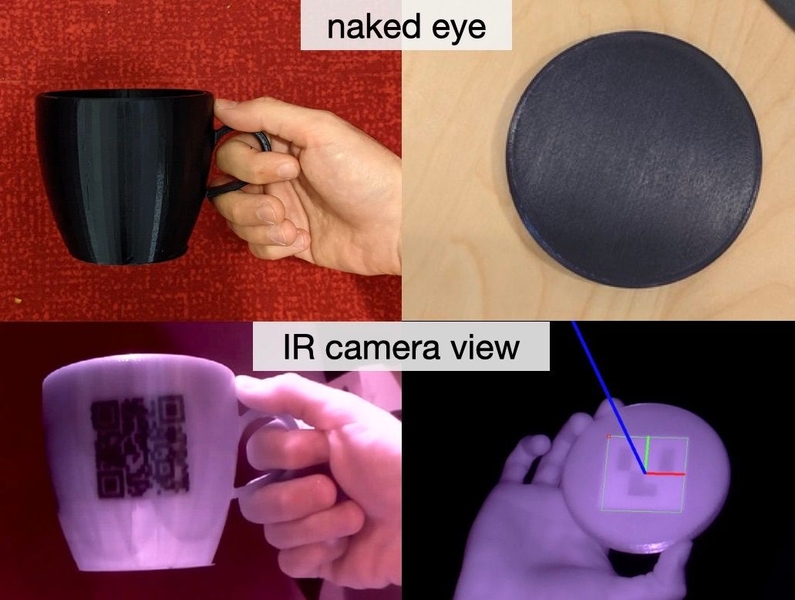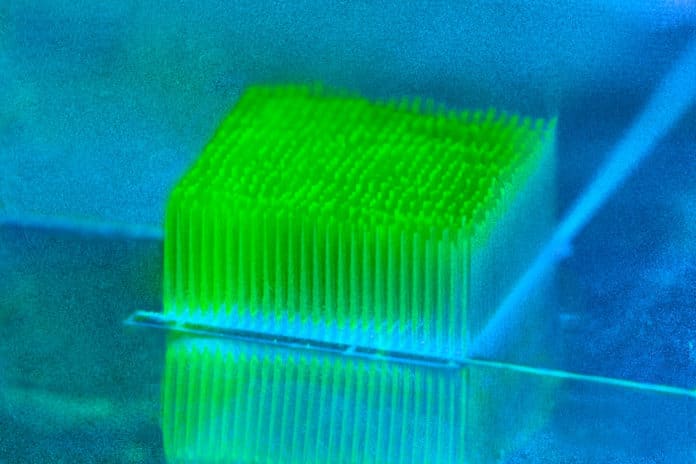Recently, scientists made a huge breakthrough in understanding a new property of graphene. This primary property of graphene allows the metal to behave like a liquid. This research could be the first step towards understanding and applying the newly found data for the innovation of thermo-electronic devices, as well as furnishing accumulative model systems to understand exotic phenomena such as high-energy plasmas and black holes.
This new paper, published by Harvard and Raytheon BBN Technology, has further advanced the existing knowledge about the substance. Since its discovery, scientists have constantly run tests on graphene so that this wonder material can replace silicon in electronics, thus increasing the efficiency, conductivity, and durability of batteries, touch screens, and other devices. This can be instrumental in providing a way for cheap thermal electricity as well.
Graphene is stronger than steel and harder than a diamond. In addition to that, it is one of the most conductive materials on Earth. But before it can be applied to real-life situations, there are several challenges that scientists must overcome. They still don’t have a complete understanding of the basic structural properties and physics of graphene. This makes the substance highly volatile.
The research, led by Philip Kim, a professor of physics and applied physics at John A. Paulson School of Engineering and Applied Sciences (SEAS), made an observation that ultra-clean graphene is a two-dimensional, honeycomb structure, in which electrons can travel in straight lines, also known as electron highways. These electrons act like massless relativistic particles that have both a positive and a negative charge, which can move at an incredible speed (1/300th of light) and has been predicted to collide with one another at an incredible speed of 10 trillion times per second. Scientists have never observed such an incredible speed before.
Jesse Crossno, a graduate student in the Kim Lab and first author of the paper, said in a statement, “If you have a material that’s one atom thick, it’s going to be really affected by its environment. If the graphene is on top of something that’s rough and disordered, it’s going to interfere with how the electrons move. It’s really important to create graphene with no interference from its environment.”
The team has also combined negatively and positively charges particles together on the surface of graphene to find out the electronic and thermal effects of the metal. Crossno explained the results by saying, “Instead of watching how a single particle was affected by an electric or thermal force, we could see the conserved energy as it flowed across many particles, like a wave through water. Physics we discovered by studying black holes and string theory, we’re seeing in graphene. This is the first model system of relativistic hydrodynamics in a metal.”
This means that a minute chip of graphene can be used to mimic a fluid-like behavior of several other high-energy compounds and models. Scientists are trying to harness the power of graphene behaving like a fluid into industrial applications by observing hydrodynamic models and developing an accurate way of calculating how electronics transfer heat in models. Kin Chung Fong, a scientist with the Raytheon BBN Technology, explained that it is quite difficult to do so.
He further stated, “We needed to find a clever way to ignore the heat transfer from the lattice and focus only on how much heat is carried by the electrons. To do so, the team turned to noise. At finite temperature, the electrons move about randomly: the higher the temperature, the noisier the electrons. By measuring the temperature of the electrons to three decimal points, the team was able to precisely measure the thermal conductivity of the electrons.”
Lucas explained the effect of temperature on the electrons and how it affected their velocity. He said in an interview, “Converting thermal energy into electric currents and vice versa is notoriously hard with ordinary materials. But in principle, with a clean sample of graphene, there may be no limit to how good a device you could make.”






